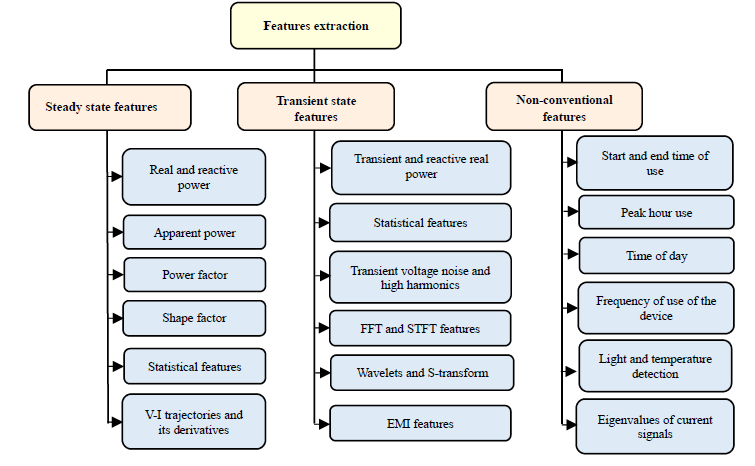Non-Intrusive Load Monitoring (NILM), Interests and Applications
Keywords:
Non-intrusive load monitoring (NILM), Interests, Applications, Power consumptionAbstract
In developing effective energy management mechanisms, new concepts have been developed to provide new approaches. Non-intrusive load monitoring (NILM) is an approach that was originally developed to allow the occupants of a room to identify the contribution of each appliance to the total electricity consumption of the room through a single point measurement device. The aim is to provide customers with information that will enable them to act as `` ` consum'actors", i.e., people who undertake to change their electricity consumption habits for an objective cause. The progress of artificial intelligence in its various forms (machine learning, big data, internet of things) have greatly contributed to increase the interest of NILM among researchers in different fields. Indeed, some of them are adapting this concept to research areas such as water, transport, health, the environment and agriculture. In this context, applications in these fields have been developed to show the potential and benefits of using this approach. In addition to presenting non-intrusive load monitoring (NILM) in its general framework, this article presents the interests and applications of this approach in various fields.

Published
How to Cite
Issue
Section
Copyright (c) 2023 Leonce Wehnelt TOKAM, Sanoussi S. OURO-DJOBO

This work is licensed under a Creative Commons Attribution 4.0 International License.





